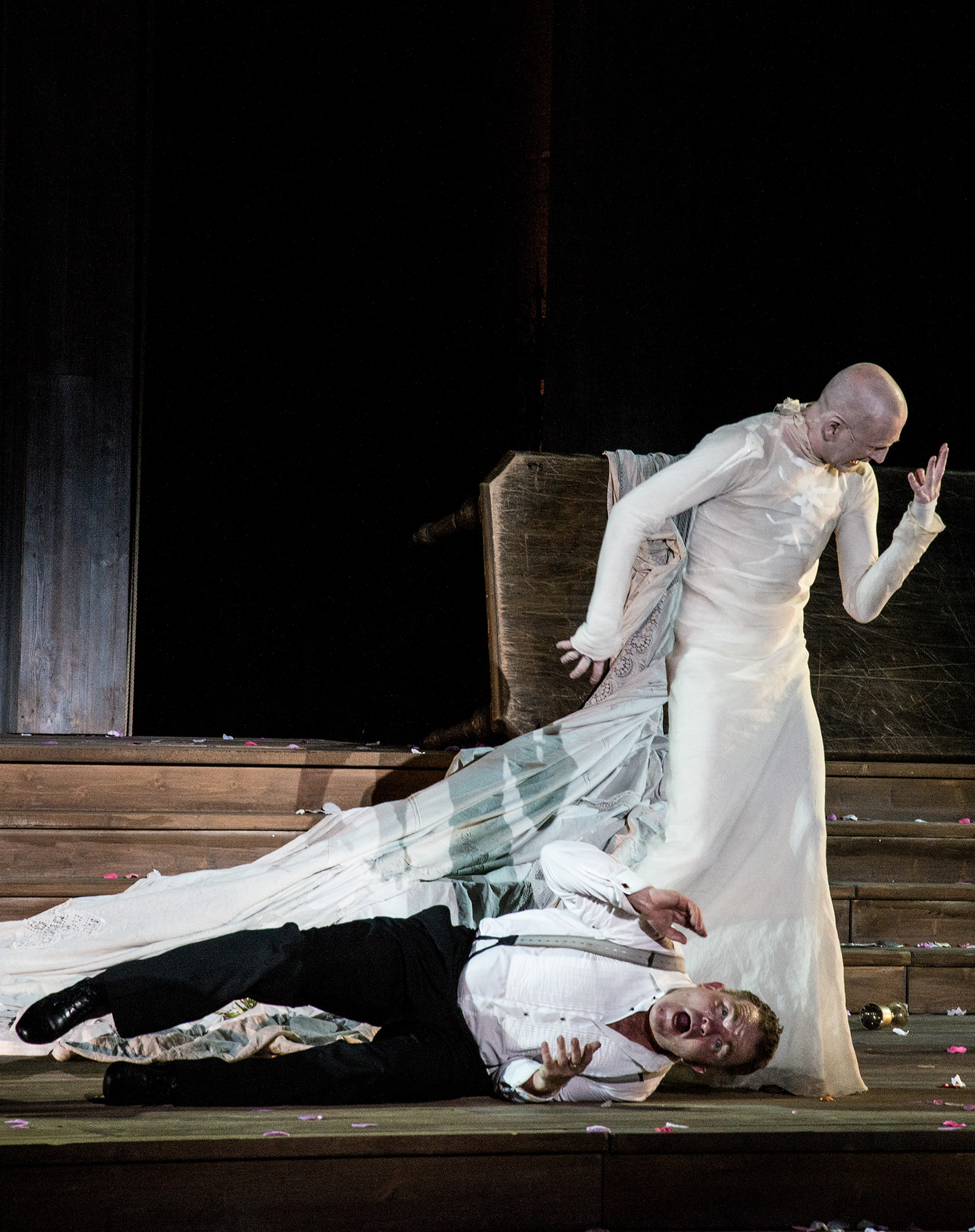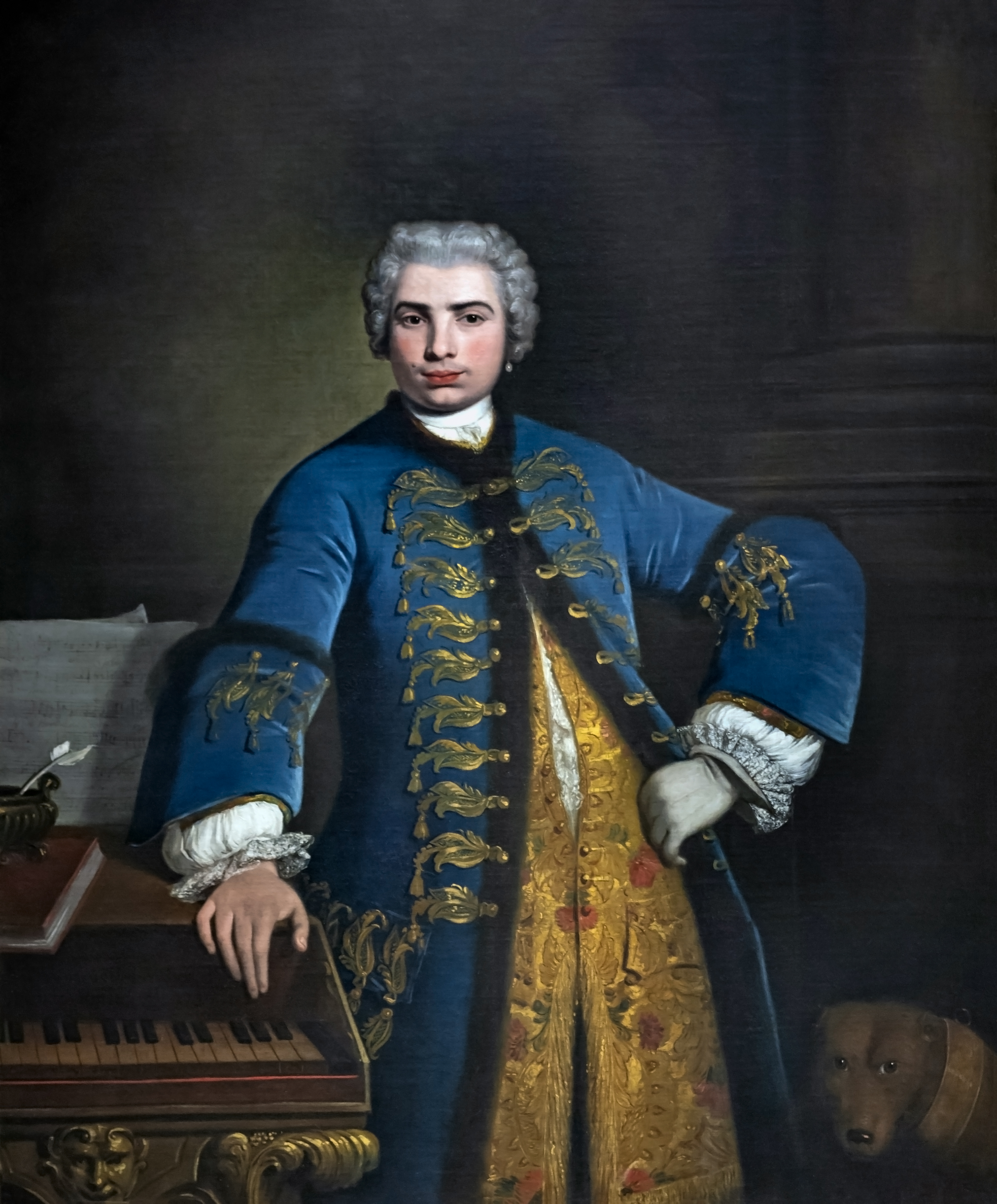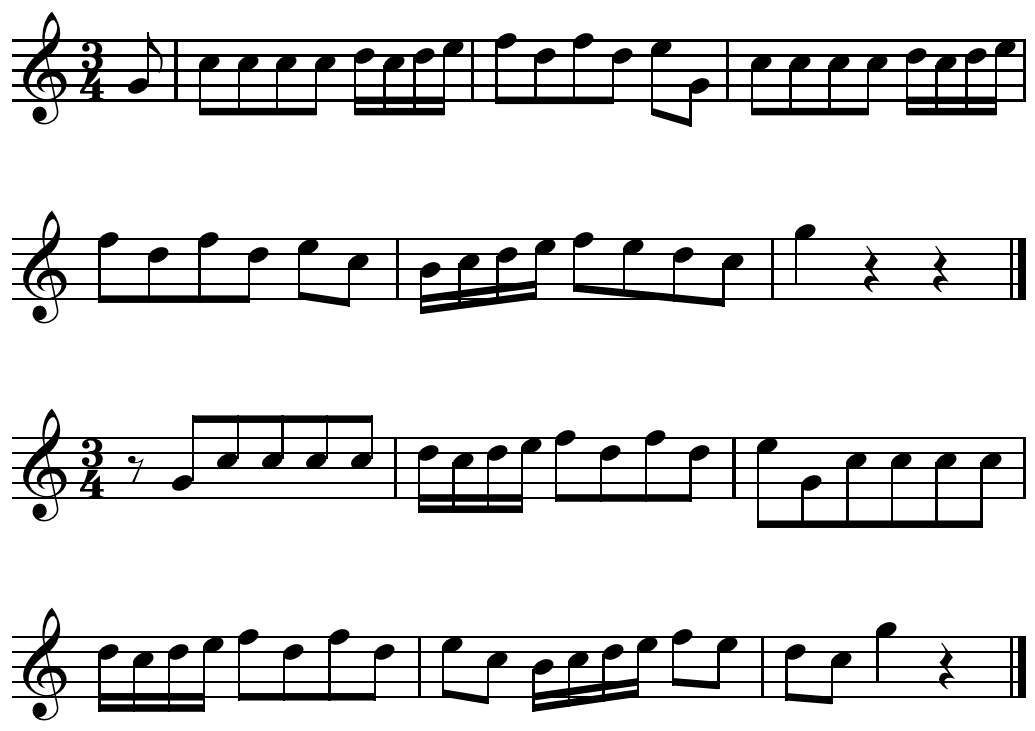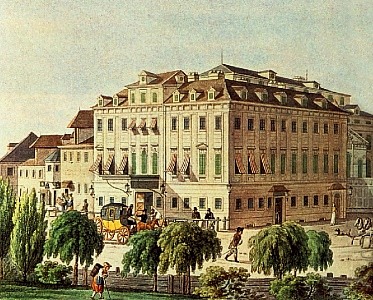|
Ingeborg Hallstein
Ingeborg Hallstein (born 23 May 1936) is a German coloratura soprano, known for the purity and range of her voice. She had an international career as a guest singer on the opera houses of Europe and was a member of the Bavarian State Opera from 1961 to 1973. Her signature roles were the Queen of the Night in Mozart's ''Die Zauberflöte'' and Zerbinetta in ''Ariadne auf Naxos'' by Richard Strauss. She created roles including Scolatella in Henze's ''König Hirsch''. Early career Born in Munich, Hallstein studied with her mother, Elisabeth Hallstein, and debuted at the opera house in Passau, Germany, in 1957 as Musetta in Puccini's '' La bohème''. After engagements at the Theater Basel and the Staatstheater am Gärtnerplatz in Munich she made her Salzburg Festival debut in 1960 as Rosina in Mozart's ''La finta semplice''. The same year she joined the Bavarian State Opera, a full member there from 1961 to 1973. She created the role of Scolatella in the revised version of Henze ... [...More Info...] [...Related Items...] OR: [Wikipedia] [Google] [Baidu] |
Munich
Munich ( ; german: München ; bar, Minga ) is the capital and most populous city of the German state of Bavaria. With a population of 1,558,395 inhabitants as of 31 July 2020, it is the third-largest city in Germany, after Berlin and Hamburg, and thus the largest which does not constitute its own state, as well as the 11th-largest city in the European Union. The city's metropolitan region is home to 6 million people. Straddling the banks of the River Isar (a tributary of the Danube) north of the Bavarian Alps, Munich is the seat of the Bavarian administrative region of Upper Bavaria, while being the most densely populated municipality in Germany (4,500 people per km2). Munich is the second-largest city in the Bavarian dialect area, after the Austrian capital of Vienna. The city was first mentioned in 1158. Catholic Munich strongly resisted the Reformation and was a political point of divergence during the resulting Thirty Years' War, but remained physicall ... [...More Info...] [...Related Items...] OR: [Wikipedia] [Google] [Baidu] |
Salzburg Festival
The Salzburg Festival (german: Salzburger Festspiele) is a prominent festival of music and drama established in 1920. It is held each summer (for five weeks starting in late July) in the Austrian town of Salzburg, the birthplace of Wolfgang Amadeus Mozart. One highlight is the annual performance of the play '' Jedermann'' (''Everyman'') by Hugo von Hofmannsthal. Since 1967, an annual Salzburg Easter Festival has also been held, organized by a separate organization. History Music festivals had been held in Salzburg at irregular intervals since 1877 held by the International Mozarteum Foundation but were discontinued in 1910. Although a festival was planned for 1914, it was cancelled at the outbreak of World War I. In 1917, Friedrich Gehmacher and Heinrich Damisch formed an organization known as the ''Salzburger Festspielhaus-Gemeinde'' to establish an annual festival of drama and music, emphasizing especially the works of Mozart. At the close of the war in 1918, the festival' ... [...More Info...] [...Related Items...] OR: [Wikipedia] [Google] [Baidu] |
Fach
The German system (; literally "compartment" or "subject of study", here in the sense of "vocal specialization") is a method of classifying singers, primarily opera singers, according to the range, weight, and color of their voices. It is used worldwide, but primarily in Europe, especially in German-speaking countries and by repertory opera houses. The ' system is a convenience for singers and opera houses. It prevents singers from being asked to sing roles which they are incapable of performing. Opera companies keep lists of available singers by ' so that when they are casting roles for an upcoming production, they do not inadvertently contact performers who would be inappropriate for the part. Below is a list of ' (), their ranges as written on sheet music, and roles generally considered appropriate to each. When two names for the ' are given, the first is in more common use today. Where possible, an English and/or Italian equivalent of each ' is listed; however, not all ' ... [...More Info...] [...Related Items...] OR: [Wikipedia] [Google] [Baidu] |
Coloratura
Coloratura is an elaborate melody with runs, trills, wide leaps, or similar virtuoso-like material,''Oxford American Dictionaries''.Apel (1969), p. 184. or a passage of such music. Operatic roles in which such music plays a prominent part, and singers of these roles, are also called coloratura.Steane, J. B.; Jander, Owen, "Coloratura" in Sadie (1992) 1: 907. Its instrumental equivalent is ornamentation. Coloratura is particularly found in vocal music and especially in operatic singing of the 18th and 19th centuries. The word ''coloratura'' ( , , ) means "coloring" in Italian, and derives from the Latin word ''colorare'' ("to color"). History The term ''coloratura'' was first defined in several early non-Italian music dictionaries: Michael Praetorius's ''Syntagma musicum'' (1618); Sébastien de Brossard's ''Dictionaire de musique'' (1703); and Johann Gottfried Walther's ''Musicalisches Lexicon'' (1732). In these early texts "the term is dealt with briefly and always wit ... [...More Info...] [...Related Items...] OR: [Wikipedia] [Google] [Baidu] |
Musical Phrasing
Musical phrasing is the method by which a musician shapes a sequence of notes in a passage of music to allow expression, much like when speaking English a phrase may be written identically but may be spoken differently, and is named for the interpretation of small units of time known as phrases (half of a period). A musician accomplishes this by interpreting the music—from memory or sheet music—by altering tone, tempo, dynamics, articulation, inflection, and other characteristics. Phrasing can emphasise a concept in the music or a message in the lyrics, or it can digress from the composer's intention, aspects of which are commonly indicated in musical notation called phrase marks or phrase markings. For example, accelerating the tempo or prolonging a note may add tension. Giuseppe Cambini—a composer, violinist, and music teacher of the Classical period—had this to say about bowed string instruments, specifically violin, phrasing: Intuitive and analytical p ... [...More Info...] [...Related Items...] OR: [Wikipedia] [Google] [Baidu] |
Herbert Von Karajan
Herbert von Karajan (; born Heribert Ritter von Karajan; 5 April 1908 – 16 July 1989) was an Austrian conductor. He was principal conductor of the Berlin Philharmonic for 34 years. During the Nazi era, he debuted at the Salzburg Festival, with the Vienna Philharmonic, the Berlin Philharmonic, and during the Second World War he conducted at the Berlin State Opera. Generally regarded as one of the greatest conductors of the 20th century, he was a controversial but dominant figure in European classical music from the mid-1950s until his death. Part of the reason for this was the large number of recordings he made and their prominence during his lifetime. By one estimate, he was the top-selling classical music recording artist of all time, having sold an estimated 200 million records. Biography Early life Genealogy The Karajans were of Greek ancestry. Herbert's great-great-grandfather, Georg Karajan (Geórgios Karajánnis, el, Γεώργιος Καραγιάννης, l ... [...More Info...] [...Related Items...] OR: [Wikipedia] [Google] [Baidu] |
Theater An Der Wien
The is a historic theatre in Vienna located on the Left Wienzeile in the Mariahilf district. Completed in 1801, the theatre has hosted the premieres of many celebrated works of theatre, opera, and symphonic music. Since 2006, it has served primarily as an opera house, hosting its own company. Although "" is German for "Vienna", the "" in the name of the theatre is actually the name of the Wien River, which once flowed by the theatre site; "" means "on the banks of the Wien". In modern times, the river has been covered over in this location and the covered riverbed now houses the Naschmarkt, an open-air market. The theatre is operated in cooperation with Vereinigte Bühnen Wien (VBW) which also operates the Raimund Theater and the . History Early history The theatre was the brainchild of the Viennese theatrical impresario Emanuel Schikaneder, who is best known as Mozart's librettist and collaborator on the opera '' The Magic Flute'' (1791). Schikaneder's troupe had ... [...More Info...] [...Related Items...] OR: [Wikipedia] [Google] [Baidu] |
Otto Klemperer
Otto Nossan Klemperer (14 May 18856 July 1973) was a 20th-century conductor and composer, originally based in Germany, and then the US, Hungary and finally Britain. His early career was in opera houses, but he was later better known as a concert-hall conductor. A protégé of the composer Gustav Mahler, Klemperer was appointed to a succession of increasingly senior conductorships in opera houses in and around Germany. From 1929 to 1931 he was director of the Kroll Opera in Berlin, where he presented new works and avant-garde productions of classics. The rise of the Nazis caused him to leave Germany in 1933, and shortly afterwards he was appointed chief conductor of the Los Angeles Philharmonic, and guest-conducted other American orchestras, including the San Francisco Symphony, the New York Philharmonic and later the Pittsburgh Symphony, which he reorganised as a permanent ensemble. In the late 1930s Klemperer became ill with a brain tumour. An operation to remove it was succes ... [...More Info...] [...Related Items...] OR: [Wikipedia] [Google] [Baidu] |
Royal Opera House
The Royal Opera House (ROH) is an opera house and major performing arts venue in Covent Garden, central London. The large building is often referred to as simply Covent Garden, after a previous use of the site. It is the home of The Royal Opera, The Royal Ballet, and the Orchestra of the Royal Opera House. The first theatre on the site, the Theatre Royal (1732), served primarily as a playhouse for the first hundred years of its history. In 1734, the first ballet was presented. A year later, the first season of operas, by George Frideric Handel, began. Many of his operas and oratorios were specifically written for Covent Garden and had their premieres there. The current building is the third theatre on the site, following disastrous fires in 1808 and 1856 to previous buildings. The façade, foyer, and auditorium date from 1858, but almost every other element of the present complex dates from an extensive reconstruction in the 1990s. The main auditorium seats 2,256 people ... [...More Info...] [...Related Items...] OR: [Wikipedia] [Google] [Baidu] |
Teatro Colón
The Teatro Colón (Spanish: ''Columbus Theatre'') is the main opera house in Buenos Aires, Argentina. It is considered one of the ten best opera houses in the world by National Geographic. According to a survey carried out by the acoustics expert Leo Beranek among leading international opera and orchestra directors, the Teatro Colón has the room with the best acoustics for opera and the second best for concerts in the world. The present Colón replaced an original theatre which opened in 1857. Towards the end of the century it became clear that a new theatre was needed and, after a 20-year process, the present theatre opened on 25 May 1908, with Giuseppe Verdi's ''Aïda''. The Teatro Colón was visited by the foremost singers and opera companies of the time, who would sometimes go on to other cities including Montevideo, Rio de Janeiro and São Paulo. After this period of huge international success, the theatre's decline became clear and plans were made for massive re ... [...More Info...] [...Related Items...] OR: [Wikipedia] [Google] [Baidu] |
La Fenice
Teatro La Fenice (, "The Phoenix") is an opera house in Venice, Italy. It is one of "the most famous and renowned landmarks in the history of Italian theatre" and in the history of opera as a whole. Especially in the 19th century, La Fenice became the site of many famous operatic premieres at which the works of several of the four major bel canto era composers – Rossini, Bellini, Donizetti, Verdi – were performed. Its name reflects its role in permitting an opera company to "rise from the ashes" despite losing the use of three theatres to fire, the first in 1774 after the city's leading house was destroyed and rebuilt but not opened until 1792; the second fire came in 1836, but rebuilding was completed within a year. However, the third fire was the result of arson. It destroyed the house in 1996 leaving only the exterior walls, but it was rebuilt and re-opened in November 2004. In order to celebrate this event the tradition of the Venice New Year's Concert started. Histo ... [...More Info...] [...Related Items...] OR: [Wikipedia] [Google] [Baidu] |
Hamburg State Opera
The Hamburg State Opera (in German: Staatsoper Hamburg) is a German opera company based in Hamburg. Its theatre is near the square of Gänsemarkt. Since 2015, the current ''Intendant'' of the company is Georges Delnon, and the current ''Generalmusikdirektor'' of the company is Kent Nagano. History Opera in Hamburg dates to 2 January 1678 when the Oper am Gänsemarkt was inaugurated with a performance of a biblical Singspiel by Johann Theile. It was not a court theatre but the first public opera house in Germany established by the art-loving citizens of Hamburg, a prosperous member of the Hanseatic League. The Hamburg ''Bürgeroper'' resisted the dominance of the Italianate style and rapidly became the leading musical center of the German Baroque. In 1703, George Friedrich Handel was engaged as violinist and harpsichordist and performances of his operas were not long in appearing. In 1705, Hamburg gave the world première of his opera ''Nero''. In 1721, Georg Philipp Tel ... [...More Info...] [...Related Items...] OR: [Wikipedia] [Google] [Baidu] |



_–_Gerd_Hruška.png)



.jpg)
_-_Facade.jpg)
